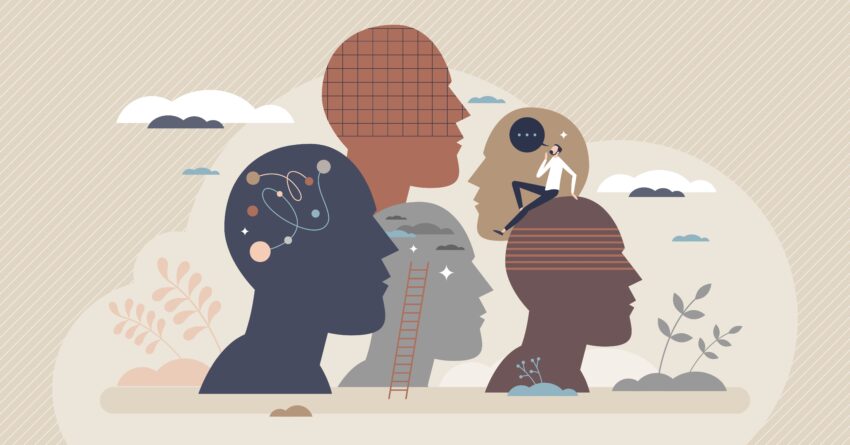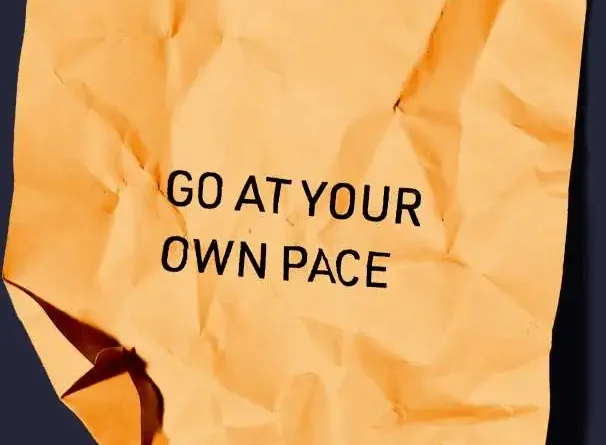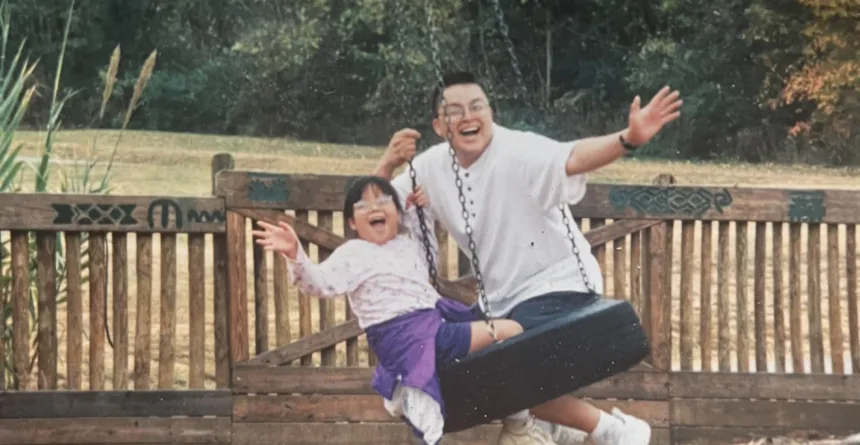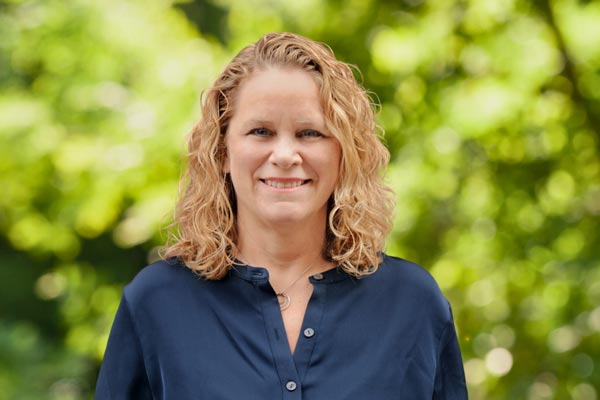VOTE
October 30, 2024
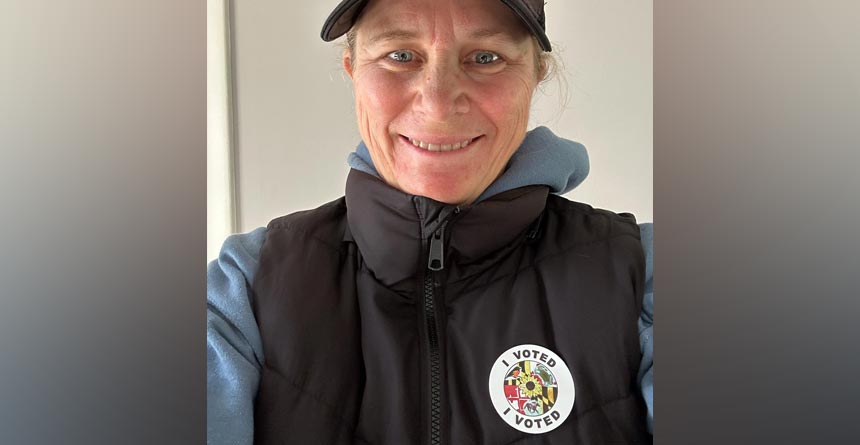
Soon after this blog is posted, we will learn the results of our national election. I like most of my clients am feeling antsy, anxious, unsettled, cautiously optimistic. It’s a busy and active emotional landscape to navigate these days. I’m doing my best to practice what I preach:
- moving my body regularly
- practicing self-compassion
- connecting to my resources internally and externally
- taking actions that are consistent with my values
- trying to stay rested
As an EMDR clinician and Trauma therapist I am keenly aware that so many of the atrocities occurring throughout the world and within our country are a result of unprocessed trauma.
TRAUMA DOESN’T HAVE TO TRAUMATIZE
Our work with our clients feels vital now more than ever. Our aim to support our clients to process their trauma(s) so they may be free of feeling fearful and feel safer to connect more fully with oneself and others. Our aim is simultaneously to work with clients to manage feelings of fear when they do validly emerge, such as in response to the uncertainty of the upcoming election.
WHEN WE CAN MANAGE OUR FEELINGS, THEY DON’T MANAGE US
As humans we are wired for connection. When fear becomes part of our emotional landscape, we protect ourselves by disconnecting. Our work is to support each of our clients to re-connect to themselves and to feel safer to connect to others. This is how we at SteadyNYC participate in doing our part to move our society forward in the direction we hope for. More Love Less Hate.
To learn more about how our team at Steady NYC Psychotherapy can help you, visit our page here.
Because so much emotionally is the same, I’m sharing some excerpts from my posts just after the 2016 election.
2016 POST – WHAT ARE WE GOING TO DO?
Everywhere I turn today I see people experiencing fear. I see it in their eyes as they cautiously make eye contact with me. I read it in their Facebook posts as they express worry about the future safety for women, immigrants, people of color, people of the lgbtq community. I hear it in the rants and expressions of disbelief spoken on the streets, “What are we going to do? What is going to happen?” I feel it in my own belly.
I‘M SO AFRAID
Fear is a powerful emotion and one that we all come into this world experiencing out of necessity. This primal emotion tells us ‘Something’s not right here! Or be on the lookout for danger!’ The intention of this valuable emotion and its activation of our sympathetic nervous system, is to motivate us to cry out for help or to mobilize ourselves to protect ourselves from a threat. When we are young, we need others to keep us safe. “Human beings are born with a biological imperative to connect with people close to them-caregivers initially- for safety and protection, for comfort and soothing and for regulating our nervous systems and emotions.” (Graham) As we age, we learn, how to keep our selves safe and learn how to differentiate real from perceived danger, as we internalize the positive and caring messages and actions from our caregivers and our environment. We can also learn (neurons that fire together wire together) to not feel safe when our environment doesn’t supportively or comfortingly respond to our cries for help.
WE CAN FIND OUR WAY BEYOND FEAR
Whether we are feeling fearful today or have felt fearful for many days or years before, we can find our way beyond the fear, so we don’t get stuck in fear unable to move. First, we must calm our fear. We need to find our footing in today. We need to gently step away from our scary narratives of the future and look around and find the friendly and allied faces. We must reach out to those we feel comforted by and with. “This is what our brains are wired for: reaching out to and interacting with others…Increasing the social connections in our lives is probably the single easiest way to enhance our well-being.” (Lieberman) Once our fear is calmed, we can then choose, with both head and heart, mind and body engaged, what actions to take to continue to seek safety or create change in places or systems that don’t feel safe.
The path beyond fear often includes the experience of grief and disappointment for what we didn’t get or didn’t have. “We can’t heal if we can’t grieve…We run from grief because loss scares us, yet our hearts reach towards grief because the broken parts want to mend.” (Brown, 139). The path beyond fear, often includes the experience of vulnerability. “Vulnerability is not winning or losing; it’s having the courage to show up and be seen when we have no control over the outcome. Vulnerability is not weakness; it’s our greatest measure of courage.” (Brown, 4)
VULNERABILITY IS THE PATH
Today I feel vulnerable. Today I am committed to not shying away from that vulnerability and not hiding it from my family, my clients or myself. Today I am committed to speaking out and for others when I see danger while working tirelessly to create safety in as many ways as possible. Today I feel committed to doing my best to find the eyes and hands of others feeling vulnerable and build the connections to help us all step out of the place of fear.
References
- Graham, Linda “Neuroplasticity: The Game-Changer for Stress, Shame and Trauma” (lindagraham-mft.net)
- Lieberman, Matthew. Social: Why Our Brains are Wired to Connect. Crown Publishers, 2013
- Brown, Brené: Rising Strong: The Reckoning, The Rumble, The Revolution. Random House 2015, brenebrown.com
To learn more about how our team at Steady NYC Psychotherapy can help you, visit our page here.
